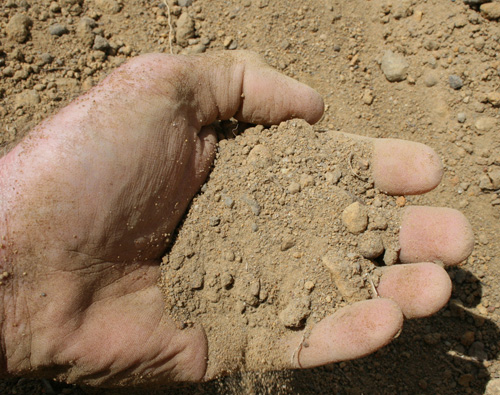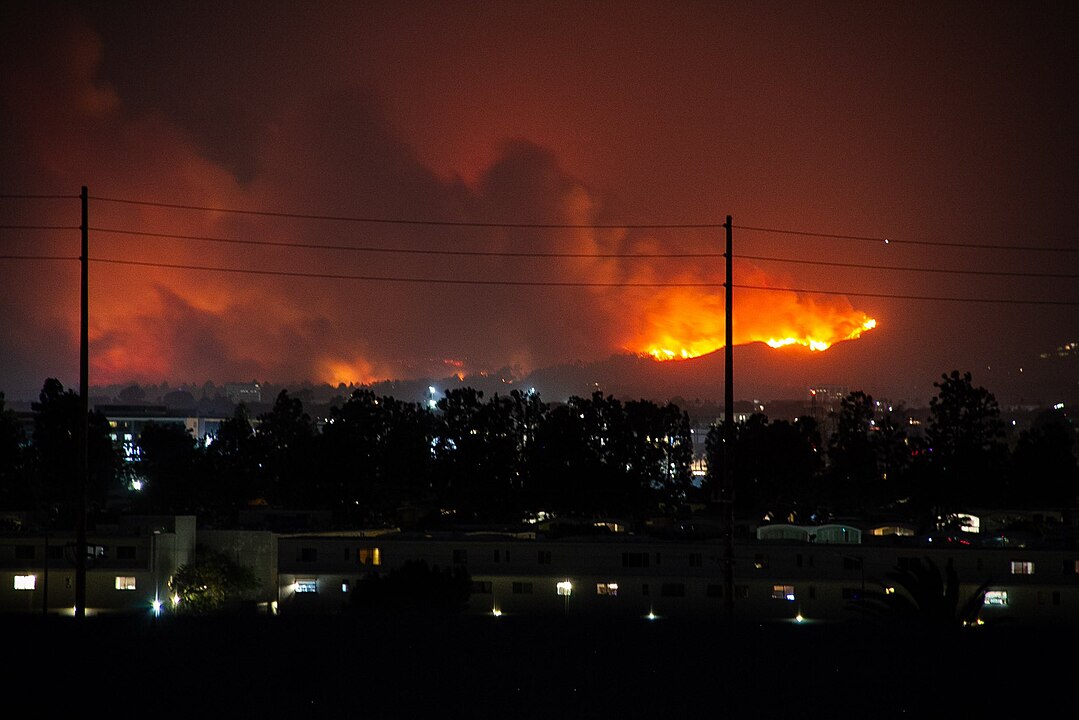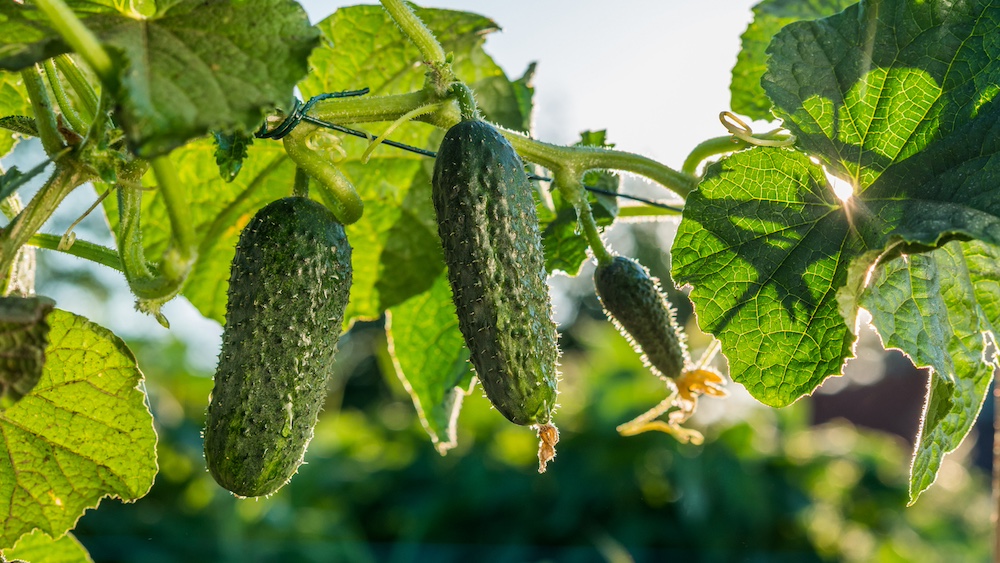Georgia has remained free of drought for more than a year. But drought conditions have returned to north-central, west-central and southwest Georgia.
For the past three months, counties now in mild drought have received between 50 percent and 75 percent of normal rainfall. Temperatures across the state have been above normal this summer, increasing water loss from the soils by evaporation and plant water use.
Mild drought conditions exist in the north-central Georgia county of Towns.
Mild drought conditions exist in the west-central and southwest Georgia counties of Harris, Muscogee, Chattahoochee, Stewart, Quitman, Randolph, Clay, Calhoun, Early, Miller, Seminole, Decatur, Grady, Thomas and Brooks.
Much of the state is classified as abnormally dry. Northwest and north-central Georgia counties classified as abnormally dry are north and west of Haralson, Paulding, Cobb, central-Fulton, Forsyth, Dawson, Lumpkin and Union, inclusive.
Northeast Georgia counties classified as abnormally dry are Rabun, Stephens, Banks, Franklin, Hart, Madison, Clarke, Oglethorpe and Elbert.
West-central and southwest Georgia counties classified as abnormally dry are Carroll, Heard, Troup, Meriwether, Talbot, Marion, Schley, Webster, Sumter, Terrell, Lee, Dougherty, Baker, Mitchell and Colquitt.
In coastal and east Georgia, counties classified as abnormally dry are Wilkes, Lincoln, Taliaferro, Warren, McDuffie, Columbia, Candler, Evans, Screven, Bulloch, Effingham, Chatham, Bryan, Liberty, Long, McIntosh, Wayne, Glynn, Brantley, Charlton and Camden.
South-central Georgia counties classified as abnormally dry are Dooly, Pulaski, Crisp, Wilcox, Dodge, Laurens, Treutlen, Telfair, Wheeler, Tift, Berrien, Atkinson, Coffee, Jeff Davis, Appling,Bacon, Cook, Lanier, Ware, Pierce, Lowndes, Echols and Clinch.
Exceptions to the drying trend include much of the central piedmont and the central coastal plain. Atlanta has received 105 percent of normal rain over the past month. Macon has received 181 percent of normal rain over the past month.
With temperatures remaining in the 90s and low 100s with little or no rain, soils statewide will continue to dry. This will lead to increased plant stress. Soil moisture and stream flows will continue to decline.
Dryness across the state is expected to increase over the next several weeks unless Georgia receives beneficial rains from one or more tropical disturbances, such as a tropical storm or hurricane.
Through the winter, the dryness may increase. The ocean-atmosphere system has switched to a La Niña pattern. The La Niña pattern is associated with dry, warm winters across much of the Southeast. This means that we may have minimal recharge of the hydrologic system this winter. This increases the probability of widespread and significant drought for next year.
It is too early to tell exactly how the La Niña pattern will impact Georgia, but we need to be aware of the possible short-term tropical impacts and the long-term drought impacts.
Up-to-date information on dry conditions across Georgia can be found at www.georgiadrought.org. Updated weather conditions can be found at www.georgiaweather.net.








